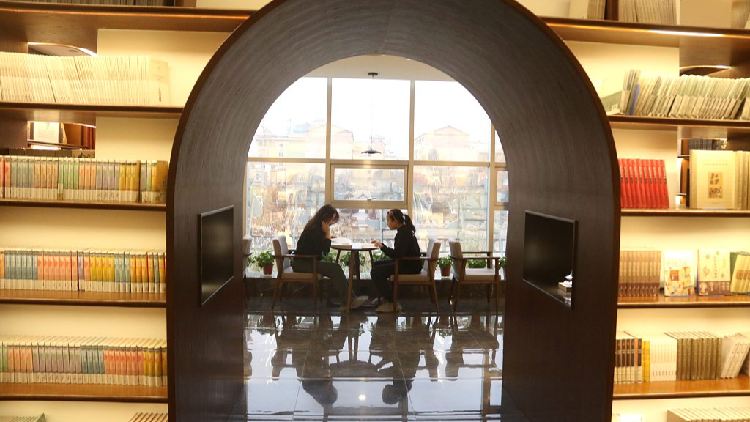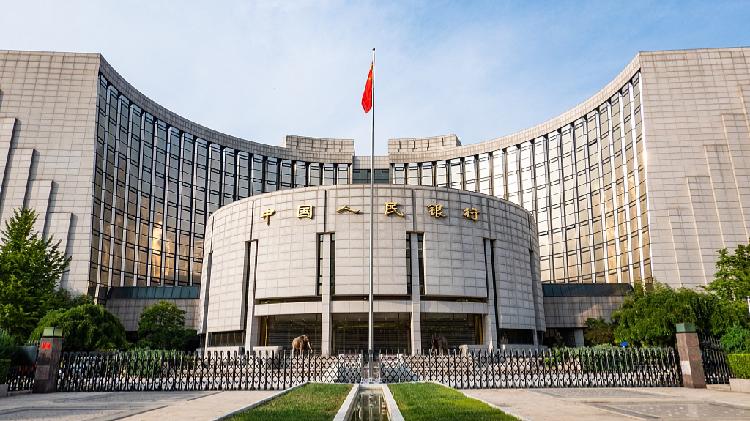<img src='https://news.cgtn.com/news/2024-01-29/How-China-can-leverage-new-trends-in-cultural-and-tourism-development-1qKWpKemd8I/img/547985829104406c898758a0fc9fa3b7/547985829104406c898758a0fc9fa3b7.png' alt='Tourists reading books at the Dunhuang Bookstore in Gansu Province, China, January 24, 2024. /CFP'
Editor’s note: Song Rui is the director of the Tourism Research Center at the Chinese Academy of Social Sciences, and Zhang Qinyue is a doctorate student at the Chinese Academy of Social Sciences. The article reflects the authors’ opinions and not necessarily the views of CGTN. It has been translated from Chinese and edited for brevity and clarity.
Since the start of 2024, the consumption of services relating to culture and tourism has become a pivotal pillar for stabilizing Chinese economy.
According to the China Tourism Academy, during the three-day New Year’s holiday period, there were 135 million domestic tourist trips nationwide, generating domestic tourism revenue of 79.73 billion yuan ($11.1 billion), up by 9.4 percent and 5.6 percent from the same period in 2019, respectively. Following the trends set by the popularity of Zibo barbecues and Rongjiang Village Super League in 2023, cities like Harbin have stepped into the limelight and influenced many others to showcase their offerings as well.
The recovery and development of cultural and tourism consumption not only entail online visibility but also depend on superior products and services, a favorable consumption environment as well as the continuous development capabilities of the industry.
In the future, special attention should be paid to the following three aspects:
First, the supply scope should be expanded. It is essential to optimize tourist attractions, projects and scenic spots while emphasizing guidance on aspects such as “collecting stamps for check-ins,” “dedicated tourist routes” and “mutual exemption of tickets for scenic spots.” Moreover, it is crucial to bolster the overall development of destinations to form a three-dimensional, systematic supply system. Regions can capitalize on their advantages, vigorously developing characteristic products such as ice and snow tourism, cruise tourism, wellness tourism and study tours based on market demands, as well as continuously expanding the supply scope.
Second, more meaningful content should be provided. On the one end, extracting cultural connotations and incorporating cultural elements can enhance the attractiveness of tourist destinations. This involves focusing not only on profound historical and traditional culture but also on popular culture that people appreciate. On the other end, the widespread application of digital technology enriches the forms of expression and expressive force of cultural and tourism content, enhancing tourists’ immersion and experience. In addition, it also improves operational efficiency and broadens marketing channels.
Third, service attitudes and quality should be improved. On the one end, efforts should be made to enhance service capabilities and optimize the tourism consumption environment. People-friendly service makes it necessary to continuously improve service details, care for minority groups and cater to their needs while actively engaging residents and community members. On the other end, effectively identifying market demand is critical. Tourists’ pursuit of experiences is, in fact, a form of emotional consumption. Destinations and operators need to pay closer attention to the emotional needs of tourists and be more sensitive to the dynamic market demand.




